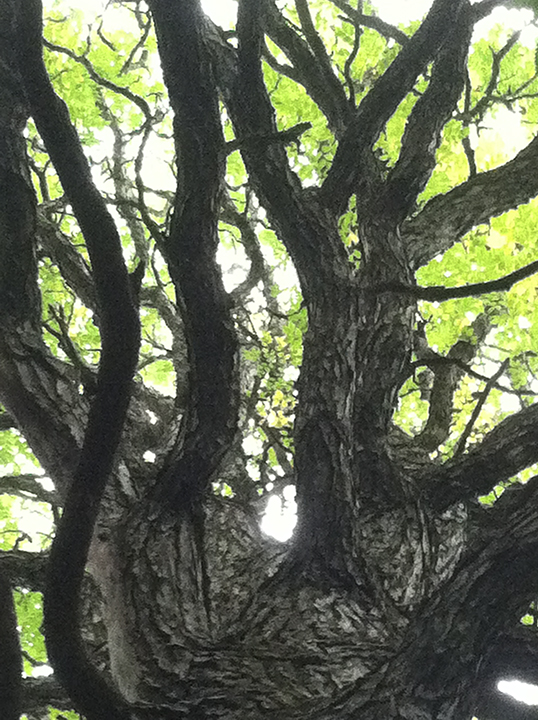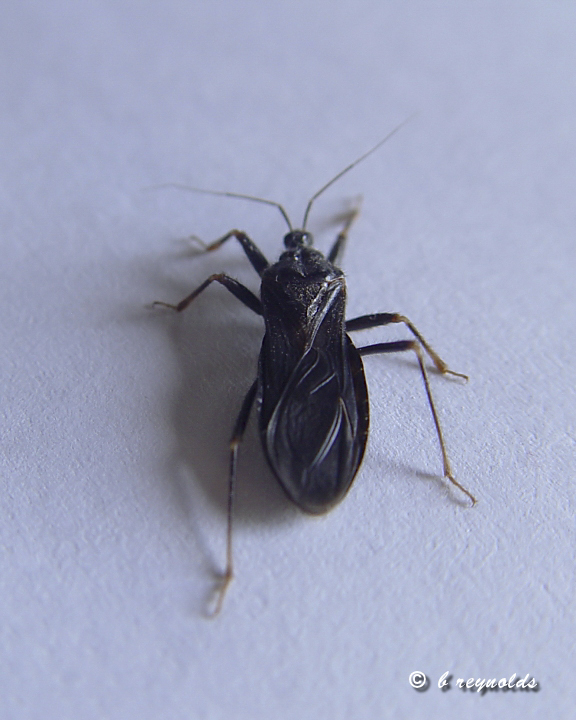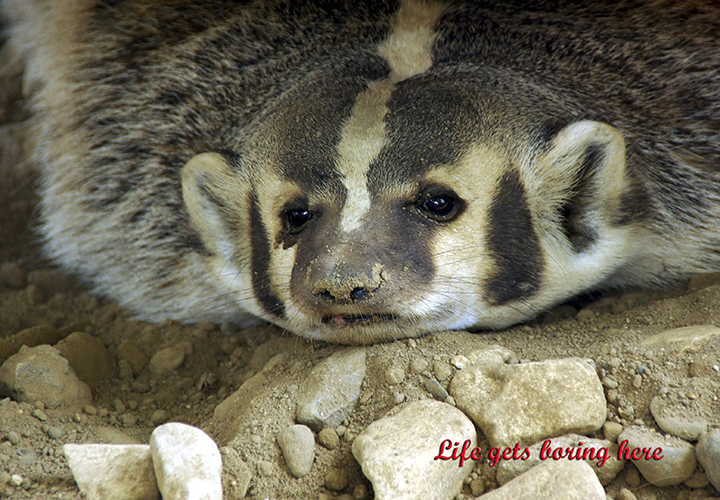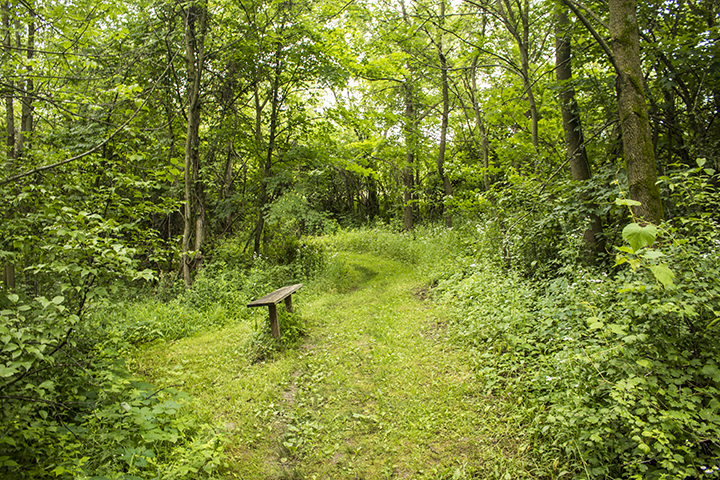Kentucky coffee tree (Gymnocladus dioicus) has the largest leaves of any tree in Minnesota. They are 12″ to 36″ long, up to 24″ wide, and twice compound with 40 to 100 leaflets. They are the latest to appear in the spring in Minnesota and one of the first to drop in autumn.
Kentucky coffee tree is uncommon or rare wherever it is found. The large fruit pods of Kentucky coffee tree are probably an adaptation to large mammals of the Pleistocene epoch. Horses, giant sloths, mastodons, and mammoths were present on the North American continent for millions of years. They probably ate the pods and dispersed the seeds in their scat. They disappeared in the Late Pleistocene extinction event, 20,000 to 10,000 years ago, when all large mammals (over 2,200 pounds) in North America went extinct.
Kentucky coffee tree is identified by its large, twice-compound leaves with 40 to 100 leaflets; and the thick, somewhat flattened, 3″ to 6″ long fruit pod.
http://minnesotaseasons.com/Plants/Kentucky_coffee_tree.html




